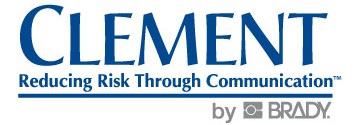OSHA Standards and COVID-19
While there is no specific OSHA standard covering COVID-19 exposure, some OSHA requirements may apply to preventing occupational exposure to the virus. OSHA has cited the most relevant, which include:
- 29 CFR 1910 Subpart I — Personal Protective Equipment standards, which require using gloves, eye and face protection, and respiratory protection. Note: When respirators are necessary to protect workers or where employers require respirator use, employers must implement a comprehensive respiratory protection program in accordance with the Respiratory Protection standard (29 CFR 1910.134).
- The General Duty Clause, Section 5(a)(1) of the Occupational Safety and Health (OSH) Act of 1970, which requires employers to furnish to each worker “employment and a place of employment, which are free from recognized hazards that are causing or are likely to cause death or serious physical harm.”
OSHA’s Bloodborne Pathogens standard (29 CFR 1910.1030) applies to occupational exposure to human blood and other potentially infectious materials that typically do not include respiratory secretions that may transmit COVID-19. However, the provisions of the standard offer a framework that may help control some sources of the virus, including exposures to body fluids (e.g., respiratory secretions) not covered by the standard.

